Time management is very much important in IIT JAM. The eduncle test series for IIT JAM Mathematical Statistics helped me a lot in this portion. I am very thankful to the test series I bought from eduncle.
Nilanjan Bhowmick AIR 3, CSIR NET (Earth Science)Harsha Sharma posted an Question
- UGC NET
- Commerce
What are the different plc curve patterns for different categories ?
What are the different PLC curve patterns for different categories ?
- 0 Likes
- 4 Comments
- 0 Shares
-
Priya gulani
product life cycle normally looks like a bell-shaped curve showing four stages at different points of the curve. The four stages of the product life cycle are; Introduction. Growth. Maturity. Decline. However, before the ‘introduction’ stage of the product life cycle. The product must be defined and developed. The introduction stage shows low sales numbers as the product is being introduced in the market. Profit is zero or negative in this stage because of the heavy expenses of product introduction. With proper marketing, a product can go into the growth stage. During the growth stage, sales rise rapidly as consumers begin to accept the product. The production runs become longer, and economies of scale are achieved, reducing per-unit cost, and also helping profits to increase rapidly. During the maturity stage of the product life cycle, the sharp growth in sales begins to slow, and profits at the beginning of this stage decline. The most notable characteristic of this stage is the peaking of the product’s sales and profit curves. At the beginning of the maturity stage, sales continue to grow but at a much slower rate. Towards the end of this stage, sales and profits will start to fall fairly rapidly. This stage is characterized by severe competition as many brands enter the market. To combat competition, marketing costs increase substantially results in a reduction in profits. For any product, it’s PLC will go to the decline stage, where the product’s sales and profits fall very quickly, and most competitors leave the market. Some products face quick death, and some remain in the mature stage for a long time; some products reverted to the growth stage through aggressive promotion or repositioning. New technology or a new social trend may cause the product to turn downward in sales sharply. When this happens, marketers consider removing items from the product line to eliminate those not yielding a profit. Some products face quick death, and some remain in the mature stage for a long time; some products reverted to the growth stage through aggressive promotion or repositioning.
![cropped4364278313062891544.jpg]()
![cropped5877642691962211187.jpg]()
-
Rucha rajesh shingvekar
In addition to the S-shaped life cycle, other variations on this pattern have been observed. Some of these are shown below. We see that the product life cycle can exhibit different patterns from that epitomized by the traditional notion of an S-shaped curve. Moreover, there is evidence to suggest that the ‘typical’ shape of the pattern may be associated with the type of product/market under construction. Life cycle (a) is suggested as being frequently found in the market for many small household appliances. Initial sales growth after a new product launch is rapid, followed by a quite severe drop in sales as the novelty wears off. Eventually sales decline will stop and the product enters a relatively long period of stability in sales as late adopters purchase the product and early buyers purchase again to become replacement purchasers. The pattern shown in (b) represents a ‘truncated’ pattern. Its shape illustrates that there is no introductory period. Sales grow rapidly from product launch. This type of curve may be associated with new products, like petrol-driven motor cars where there is substantial market appeal and little learning is required or risk perceived. Pattern (c) illustrates a rapid growth in sales, with no introductory stage, followed by an equally rapid decline with no maturity stage. Products that exhibit this shape of life cycle are typical novelty products or fads, such as many children’s toys. Pattern (d) illustrates a cycle/recycle pattern of a succession of product life cycle curves with a relatively short introductory period, rapid sales growth, a short maturity, followed by rapid decline. After this, the process is repeated when a new model is introduced. This pattern is frequently associated with fashion products like clothing or viewing a popular film a number of times.
![cropped2849255176748472514.jpg]()
Do You Want Better RANK in Your Exam?
Start Your Preparations with Eduncle’s FREE Study Material
- Updated Syllabus, Paper Pattern & Full Exam Details
- Sample Theory of Most Important Topic
- Model Test Paper with Detailed Solutions
- Last 5 Years Question Papers & Answers
Sign Up to Download FREE Study Material Worth Rs. 500/-











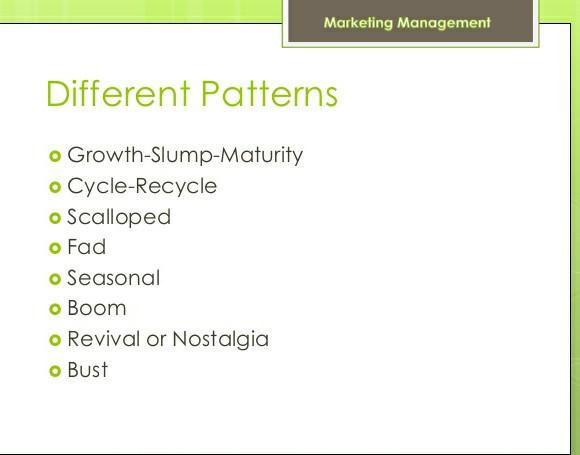
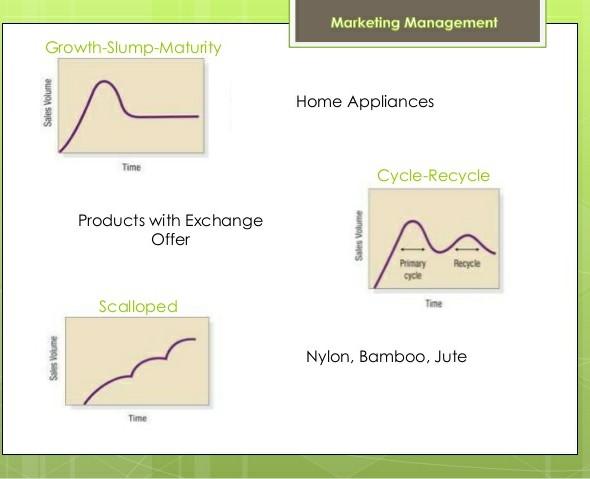
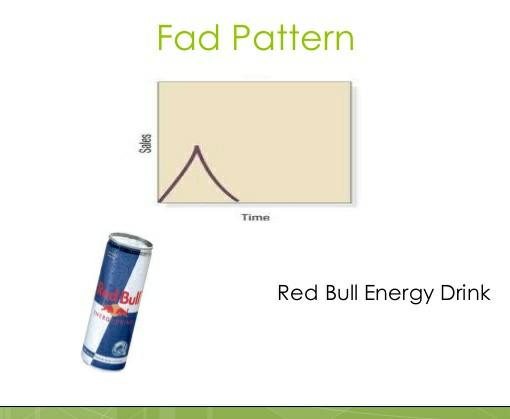
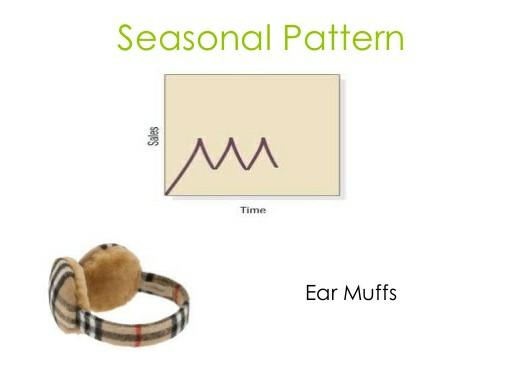
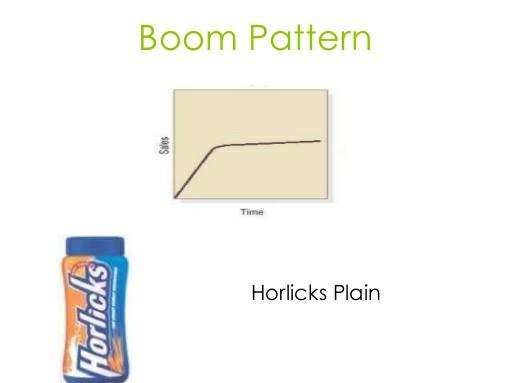
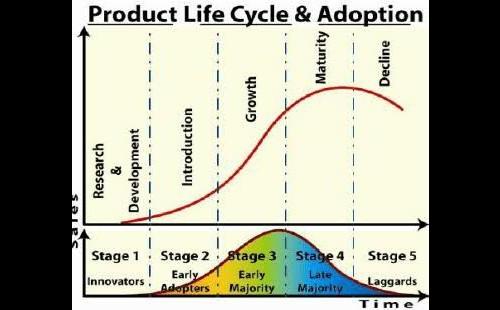

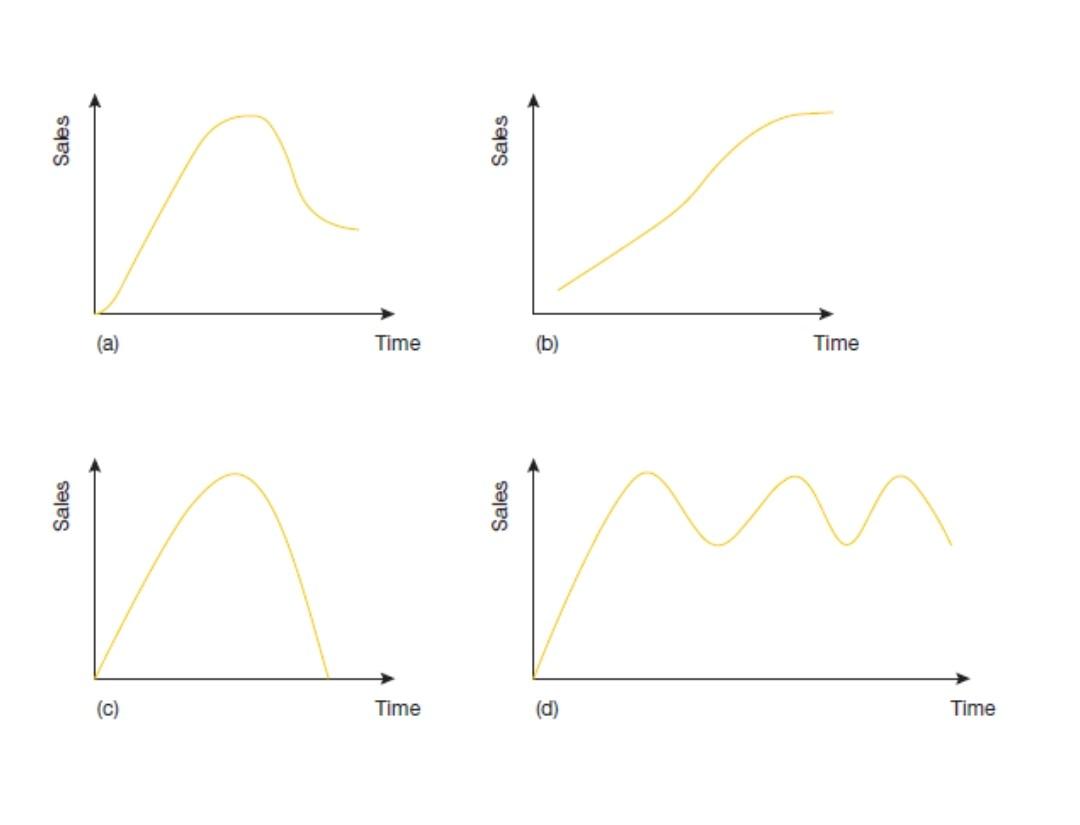







Priya gulani
some more